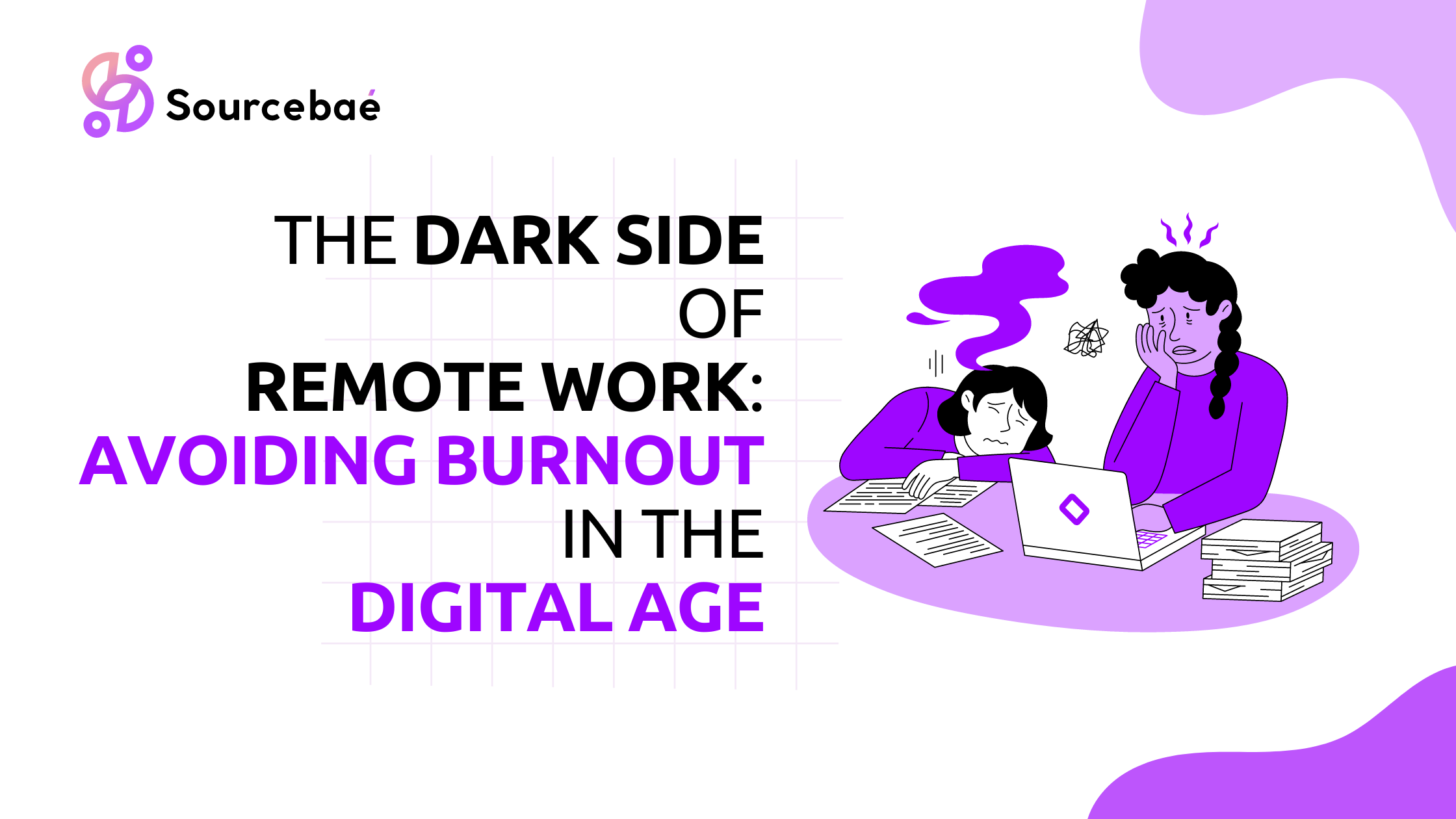
Java cache, also known as the Java Temporary Internet Files, stores temporary files from websites and Java applications you’ve visited or used. Clearing this cache can resolve various problems, including outdated or corrupted files that may lead to errors in Java applications. Here’s how to clear Java cache:
Accessing the Java Control Panel
- Open the Control Panel: To begin, navigate to the Windows Control Panel. You can access it by pressing the Windows key, searching for “Control Panel,” and selecting it from the search results.
- Locate Java: In the Control Panel, search for the Java icon or Java (32-bit) if you’re using a 32-bit version of Java.
- Open Java Control Panel: Double-click the Java icon to open the Java Control Panel.
Clearing Java Cache
- Access the Settings: In the Java Control Panel, go to the “General” tab.
- Temporary Internet Files: Under the “Temporary Internet Files” section, click on “Settings.”
- Delete Files: In the “Temporary Files Settings” window, click the “Delete Files” button.
- Confirmation: A confirmation window will appear. Ensure all options are checked, and then click “OK” to proceed.
- Clear Java Cache: Another window will appear, confirming that Java cache files are being deleted. Once the process is complete, click “OK.”
- Close Java Control Panel: Close the Java Control Panel to complete the process.
Common FAQs about Clearing Java Cache
Can clearing Java cache cause any issues?
Clearing Java cache is generally safe and can resolve various problems. However, it might require re-downloading some resources from websites and applications, which can briefly affect load times.
Do I need administrative privileges to clear Java cache?
Yes, you typically need administrative privileges on your computer to access the Java Control Panel and clear the cache.
Is clearing Java cache the same as uninstalling Java?
No, clearing Java cache removes temporary files, while uninstalling Java removes the entire Java runtime from your computer. Clearing the cache is a routine maintenance task, while uninstalling is done when you want to remove Java entirely.
Will clearing Java cache speed up my computer?
Clearing Java cache can potentially improve the performance of Java applications but won’t have a significant impact on your overall computer speed.
Do I need to restart my computer after clearing Java cache?
No, you don’t need to restart your computer after clearing Java cache. The changes take effect immediately.
Can I automate the process of clearing Java cache?
Yes, you can automate the process of clearing Java cache using scripts or batch files, which can be particularly useful for system administrators managing multiple computers.
Conclusion
Clearing Java cache is a simple yet effective way to resolve various issues related to Java applications. By following the steps outlined in this guide, you can keep your Java environment running smoothly and ensure optimal performance. If you encounter problems with Java applications, don’t hesitate to clear the cache as a first troubleshooting step. Keep your digital experience seamless and error-free by maintaining a clean Java cache.




